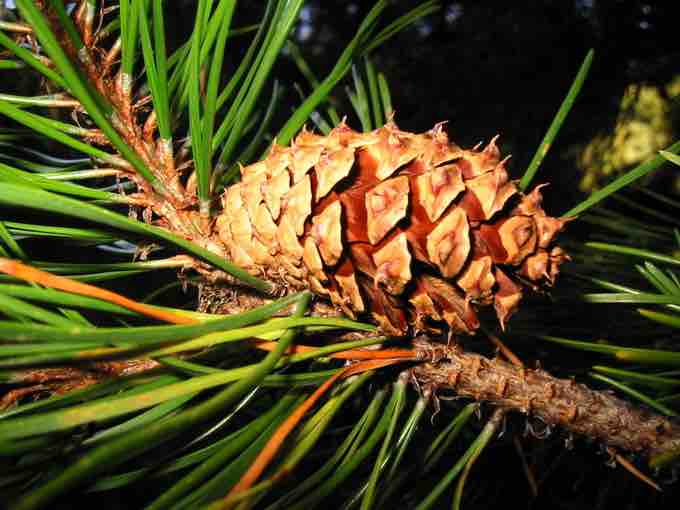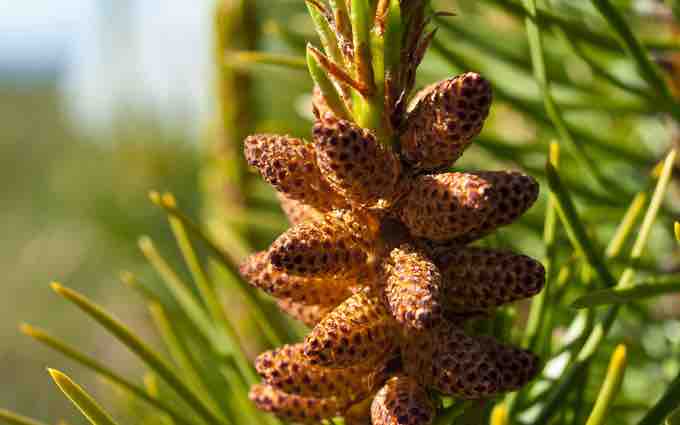Characteristics of Gymnosperms
Gymnosperms are seed plants adapted to life on land; thus, they are autotrophic, photosynthetic organisms that tend to conserve water. They have a vascular system (used for the transportation of water and nutrients) that includes roots, xylem, and phloem. The name gymnosperm means "naked seed," which is the major distinguishing factor between gymnosperms and angiosperms, the two distinct subgroups of seed plants. This term comes from the fact that the ovules and seeds of gymnosperms develop on the scales of cones rather than in enclosed chambers called ovaries.
Gymnosperms are older than angiosperms on the evolutionary scale. They are found far earlier in the fossil record than angiosperms. As will be discussed in subsequent sections, the various environmental adaptations gymnosperms have represent a step on the path to the most successful (diversity-wise) clade (monophyletic branch).
Gymnosperm Reproduction and Seeds
Gymnosperms are sporophytes (a plant with two copies of its genetic material, capable of producing spores). Their sporangia (receptacle in which asexual spores are formed) are found on sporophylls, plated scale-like structures that together make up cones. The female gametophyte develops from the haploid (meaning one set of genetic material) spores that are contained within the sporangia. Like all seed plants, gymnosperms are heterosporous: both sexes of gametophytes develop from different types of spores produced by separate cones. One type of cone is the small pollen cone, which produces microspores that subsequently develop into pollen grains . The other type of cones, the larger "ovulate" cones, make megaspores that develop into female gametophytes called ovules . Incredibly, this whole sexual process can take three years: from the production of the two sexes of gametophytes, to bringing the gametophytes together in the process of pollination, and finally to forming mature seeds from fertilized ovules. After this process is completed, the individual sporophylls separate (the cone breaks apart) and float in the wind to a habitable place. This is concluded with germination and the formation of a seedling. Conifers have sperm that do not have flagella, but instead are conveyed to the egg via a pollen tube. It is important to note that the seeds of gymnosperms are not enclosed in their final state upon the cone.

Female cone of Tamarack pine
The female cone of Pinus tontorta, the Tamarack Pine, showing the rough scales. This is the cone that produces ovules.

Male cone of Tamarack pine
The male cone of Pinus tontorta, the Tamarack pine, showing the close proximity of the scales. This is the cone that produces pollen.